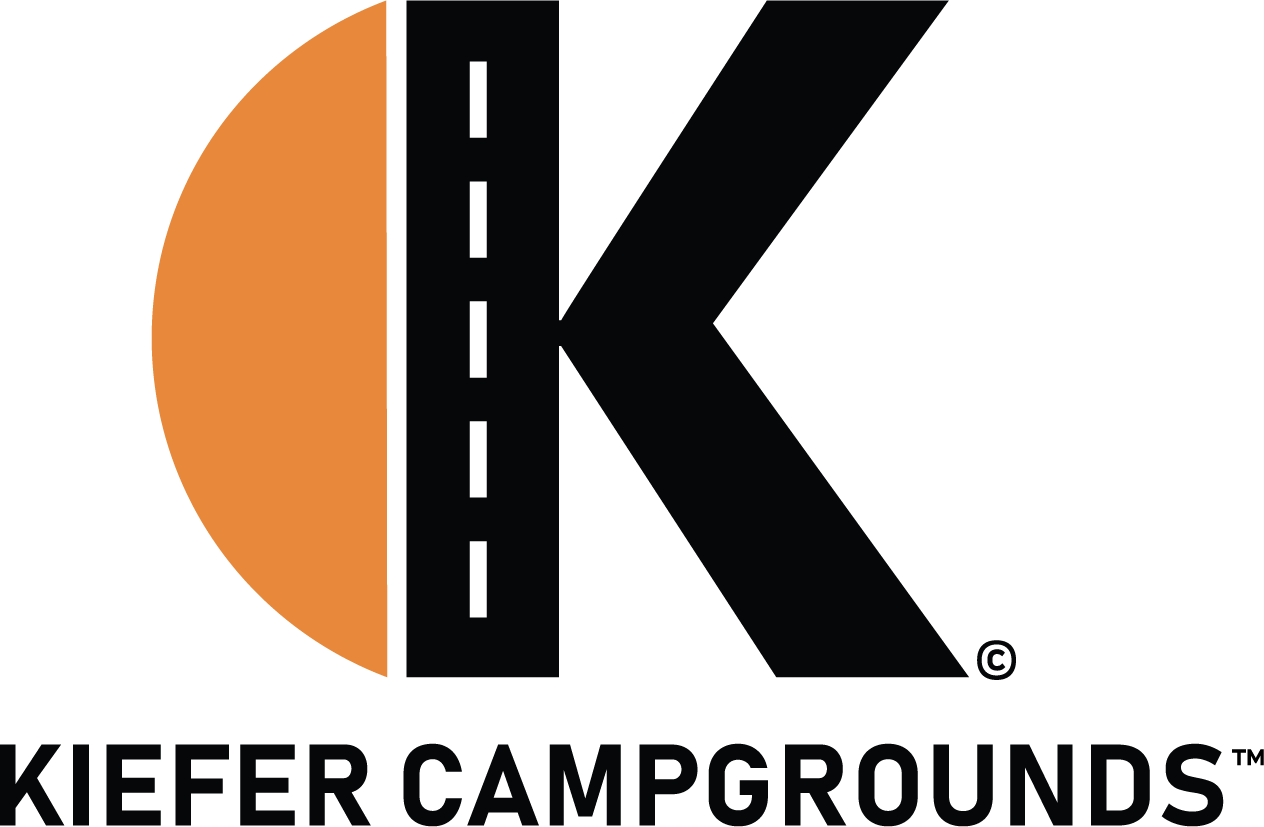Fire Starters

Fire starters are essential tools for igniting fires in various outdoor and survival situations. They come in different forms, each with its own advantages and disadvantages. Here are some common types of fire starters:
- Matches: Matches are a classic fire-starting tool that consists of a small stick with a phosphorous tip. When struck against a rough surface, the phosphorous ignites, creating a flame. There are two main types of matches: safety matches and strike-anywhere matches.
- Lighters: Lighters are convenient and easy-to-use fire starters. They typically use butane gas as fuel and have a built-in ignition mechanism. Disposable lighters are cheap and widely available, while refillable lighters are more durable and can be refilled when empty.
- Ferrocerium Rods (Firesteel or Ferro Rods): Ferrocerium rods are popular among survivalists and outdoor enthusiasts. When you strike a metal object against the rod, it generates sparks that can ignite tinder or fuel. They are durable and work in wet conditions.
- Flint and Steel: Flint and steel kits consist of a piece of flint and a steel striker. When the steel is struck against the flint, it produces sparks, which can be directed onto tinder to start a fire. This method requires practice but can be effective.
- Fire Pistons: Fire pistons use the principle of rapidly compressing air to ignite a piece of tinder. When you push down on the piston, the air inside heats up, igniting the tinder at the end of the piston. This method can be challenging to master.
- Firestarter Cubes or Blocks: These are pre-made blocks or cubes made of materials like wax and sawdust. They are easy to light and can burn for a while, making them a reliable fire starter. You can find commercial firestarter products or make your own.
- Magnesium Fire Starters: These typically consist of a block of magnesium and a flint or striker. You shave off small magnesium shavings onto your tinder, and then use the striker to create sparks, which ignite the magnesium shavings.
- Solar Fire Starters: These fire starters use a magnifying lens or parabolic mirror to focus sunlight onto tinder, igniting it. They are a renewable and low-tech option but require sunny conditions.
- Electric Arc Lighters: Electric arc lighters use a high-voltage electric arc to ignite tinder. They are windproof and can be rechargeable, making them a good choice for certain conditions.
- Chemical Fire Starters: These are often used as emergency fire starters. They consist of chemicals that, when mixed or ignited, produce a hot flame. Examples include fire starter sticks, fire starter gels, and fire starter pouches.
- Fire Starting Kits: These kits often include a combination of fire-starting tools, such as matches, lighters, ferrocerium rods, and other items, providing redundancy and versatility.
The choice of fire starter depends on factors like your environment, skill level, and personal preferences. It’s a good idea to carry multiple fire starters, especially in survival situations, to ensure you can start a fire regardless of the conditions you encounter.
Luckily at Camp Lakewood Campground, we sell fire starters in our shop. Stop in on your next visit!
Family owned and operated, Kiefer Campgrounds strive to offer you the best rates for a comfortable location with outstanding service, and spotless facilities. When you stay in one of our parks, you are no longer just a happy camper, but a part of our family! We are most certain you will enjoy your stay with us. Pick your favorite location and book your spot now before it’s too late! You’ll be happy you did!



